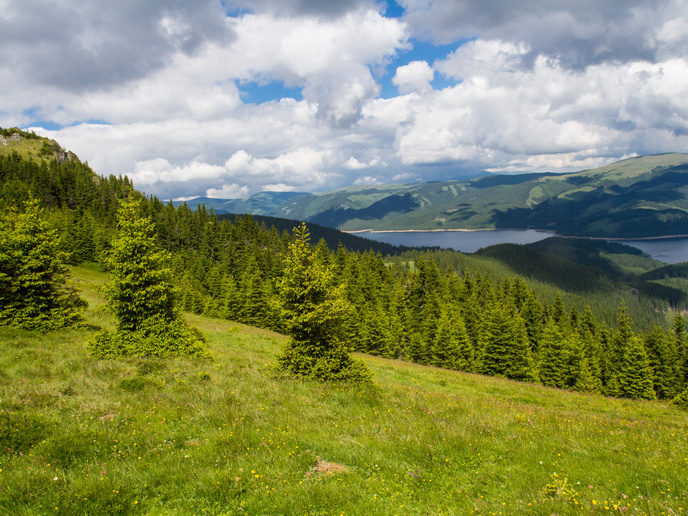How to prepare for rising sea levels
Coastal areas around the world are extremely vulnerable to the effects of climate change, such as sea level rise, increased river flow and extreme weather events. Moreover, 40 % of the planet’s population and 35 % of its GDP are located here, with developing countries being particularly vulnerable due to the growth of megacities in subsiding river deltas. Our current understanding of coastal impacts is fragmented however, as they are measured at either the local or regional scale. In addition, assessments mainly focus on direct damage while disregarding economy-wide impacts, especially for high-end scenarios where global average warming is greater than 2 °C. These knowledge gaps are now being addressed by the EU-funded project RISES-AM-. Its goals were to determine how much climatic change coastal zones can deal with, how best to assess the effectiveness of attempts to defend our coasts, and what communities can do to protect themselves. Adapting to rising sea levels Scientists investigated the societal impacts of climate change by developing adaptation strategies across local, regional and global scales. The strategies deal explicitly with uncertainties in the pressures facing coastal zones and in their responses to climate change. These advances are being applied to policy recommendations at the regional, European and global scales, with all three focusing on coastal adaptation under extreme climate scenarios. ‘This will enable us to determine how effective coastal policy and decisions will be in reducing climate impacts,’ explains Prof Augustin Sánchez-Arcilla, RISES-AM- project coordinator. A clearer picture of climate impacts and possible countermeasures is now possible thanks to local-scale analysis, which combines the effects of coastal erosion, flooding and salinization. Ranking coastlines at the regional scale has allowed planning authorities to prepare adaptation plans over different time horizons to ensure greater safeguarding of the natural and socioeconomic value of our coasts. Meanwhile, studies at the global scale show from a purely economic point of view that raising the height of sea dikes or building new ones can be justified for 10 % of the world’s coastline. Working with nature and not against it ‘One of our most important findings has been the importance of enabling nature to work in combination with more conventional engineering solutions,’ says Prof. Sánchez-Arcilla. ‘Examples include allowing storm waves to wash over a beach and deposit material, thereby improving its stability over the mid to long-term; or enabling coasts to receive more river sediment to make them more resilient.’ RISES-AM- results demonstrate that flexible interventions, including planned retreat, may offer a higher level of sustainability and provide a more viable long-term solution, economically speaking. Planned retreat allows the natural processes of erosion to continue, rather than resist them through the use of engineered structures. Furthermore, rigid solutions such as sea walls only provide short-term benefits and may actually result in increased erosion. Case studies also reveal that the main barriers to coastal adaptation are of the socioeconomic type, since enough technical solutions exist to provide, at least in the short term, sufficient coastal protection and the reduction of risk levels. ‘Coastal communities, managers and decision makers will all benefit from RISES-AM- by becoming more aware of the risks associated with living in such a dynamic environment,’ concludes Prof. Sánchez-Arcilla. ‘They will also gain a greater appreciation of how flexibility in land planning and nature based coastal solutions may be more sustainable than rigid short-term alternatives.
Keywords
RISES-AM, climate change, high end scenarios, coastal zones, planned retreat







